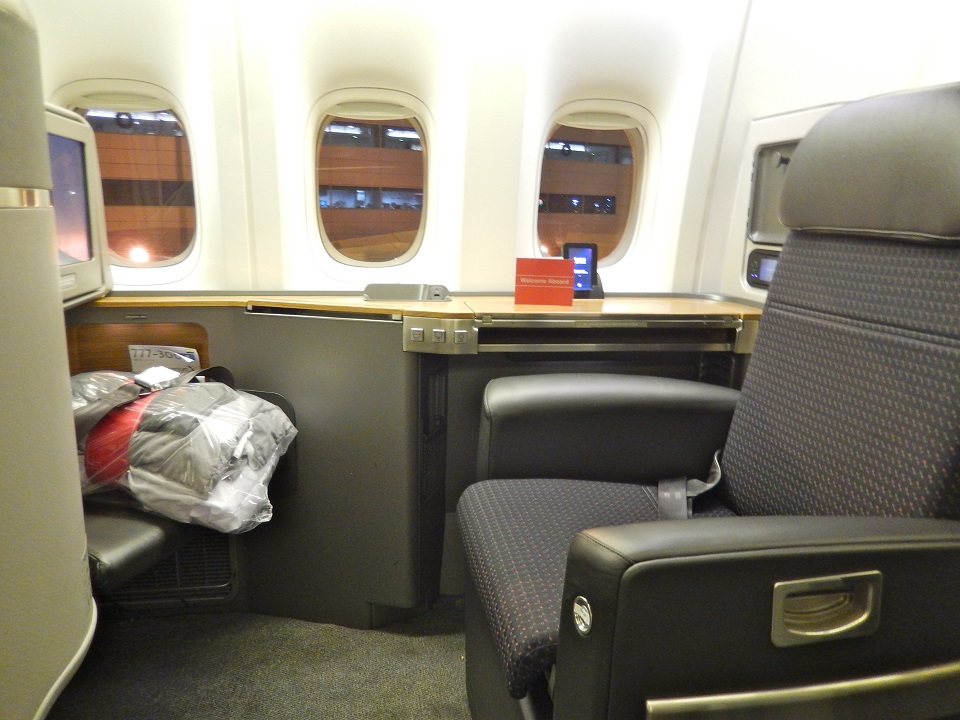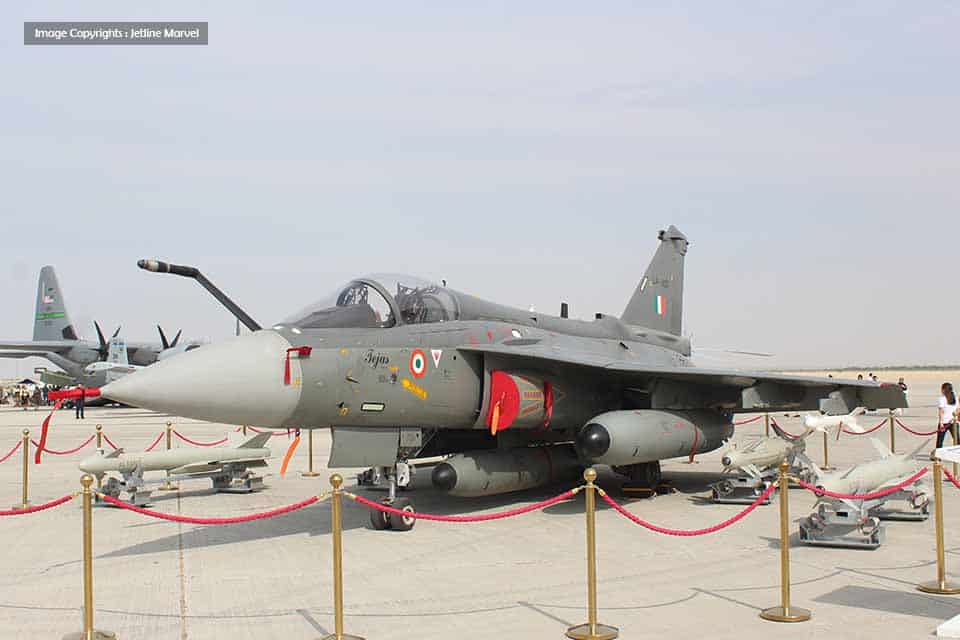Aviation
Here’s Why Popular Airlines Are removing First Class : The Reasons Unveiled

An airline has grown weary of its first-class seats and has made the bold decision to remove them from its upcoming aircraft orders and fleet interior upgrades.
Why has the airline chosen to take such a drastic step, and what has led to its lack of interest in maintaining a first-class experience? Join us in this video as we delve into the reasons behind the airline’s decision and explore its implications.
First-class seats hold a distinct identity in the travel segment, often attracting affluent individuals or celebrities seeking privacy and luxury. These passengers enjoy exclusive suites with extensive food menus and various travel amenities. Airlines have crafted their brand image around these offerings, leveraging such facilities and promotions to enhance their appeal. For instance, some airlines like Emirates provide onboard showers in their first-class cabins, while others like Singapore Airlines offer private suites resembling spacious bedrooms for their passengers.
Some popular airlines are phasing out their first-class seats from their cabins due to various reasons that have prompted them to reconsider their services.
Changing Traveler Preferences
Some leading airlines are ditching their first-class seats, reflecting a shift in traveler behavior. Passengers increasingly question the value of paying a premium for first class when business class offers comparable benefits. Additionally, affluent travelers often have access to private jets, reducing the exclusivity of first-class travel.
Egalitarian Approach to Seating
First class, once reserved for the super-rich, is losing its allure as airlines focus on providing consistent service across all cabins. The rise of business class and premium economy options has made first-class tickets less appealing to many travelers. Comfort and amenities now take precedence over traditional first-class luxuries.
Operational Efficiency
Maintaining multiple cabin classes adds complexity to airline operations. Eliminating first class can streamline processes such as boarding, catering, and service, improving overall efficiency. Furthermore, lighter aircraft resulting from reduced first-class cabins can lead to lower fuel consumption and emissions per passenger, addressing environmental concerns.
Economic Considerations
Maintaining first-class cabins entails significant expenses for airlines, including space requirements, luxurious amenities, and personalized service. High first-class fares may drive passengers to opt for private jets instead, causing potential losses for airlines.
Revenue Optimization
With more demand for economy and premium seats, airlines may find reallocating space from first class to other high-demand cabins more profitable. Increasing the number of passengers, rather than focusing on first class, can often yield higher revenue.
By considering these factors, airlines are reevaluating the role of the first class in their cabins, signaling a fundamental shift in the aviation industry’s landscape.
Environmental Impact and First-Class Seating
Concerns over environmental impact extend to the aviation industry, notably regarding the disproportionate space consumed by first-class seats, equivalent to 4-6 economy seats. This exacerbates the carbon footprint of airlines, prompting considerations for more eco-conscious practices.
Operational Challenges and Cost
The design and maintenance of first-class amenities pose formidable challenges for airlines. These include the deployment of exclusive cabin crew services and managing the added complexities, driving up operational costs significantly.
Financial Implications and Passenger Preferences
Maintaining first-class cabins proves to be financially burdensome due to their larger space requirements and luxurious amenities. Additionally, the flexibility for passengers to cancel their emirates first class seats at any time presents a risk to airlines, impacting route planning and profitability.
Alternative Travel Options and Passenger Behavior
High charges for first class seats may lead passengers, especially those traveling in groups, to opt for private jet bookings for a more personalized travel experience. This shift in passenger behavior highlights the need for airlines to adapt to changing preferences and maintain competitiveness in the market.
Maximizing Profitability Through Increased Passenger Count
Rather than persisting with a large number of underoccupied first-class seats, airlines can pivot towards a strategy focused on maximizing passenger count. By accommodating more passengers, particularly in Economy and Premium classes, airlines stand to generate higher revenue and improve profitability. This shift aligns with changing consumer preferences and market dynamics, emphasizing practicality and affordability over luxury.
In the near future, several major airlines, including American Airlines, United Airlines, Delta Air Lines, Lufthansa, British Airways, and Qantas, are planning to remove first-class seats from their aircraft. Although Emirates has not completely eliminated its first-class cabins, it is reducing the number of first-class seats on certain planes to prioritize the expansion of its business and economy class offerings.

Aviation
Tejas and C-390 Millennium: India and Brazil’s Defense Trade Vision

India and Brazil are exploring a mutually beneficial deal to enhance their defense product exports. There are indications that this potential agreement could include the exchange of fighter jets, essentially functioning as a barter system. For example, India has a long-standing offset policy requiring foreign defense companies to reinvest a portion of their contract value back into India through technology transfer or other reciprocal benefits.
Many countries engage in such exchanges to support each other’s defense industries, thereby strengthening national policies and economies. A notable example is the barter deal between South Korea and Indonesia, where South Korea sold its T-50 jets to Indonesia in return for defense-related goods and trade advantages.
India-Brazil defence mutual benefits
If the India-Brazil deal comes to fruition, it could provide mutual benefits, as both nations are in need of advanced platforms. Brazil is well-known for its Embraer aircraft, which ranks as one of the top three manufacturers of private and commercial jets. However, Brazil lacks expertise in fighter jet production, and this deal could provide the exposure needed to enter the fighter jet market.
In 2014, Brazil made a significant purchase of 36 Gripen fighters, with deliveries expected by 2027. Brazil is also producing Gripen fighter jets at its Embraer plant, with SAAB and Embraer collaborating to enhance the performance of the Gripen aircraft further.
India Faces Shortage of Military Aircraft Materials
Currently, India faces a shortage of medium military transport aircraft and is seeking to acquire more. The C-130J and C-17 Globemaster, along with the Russian IL-76, are currently in service. However, the production of the C-17 has been halted, making it unavailable in the market, while the IL-76 is experiencing maintenance challenges due to a shortage of spare parts.
Air India Might Operate Tata-Made New Airbus C295 Aircraft
India is currently seeking a reliable partner for military transport aircraft, and the Embraer C-390 Millennium stands out as an ideal fit. If a deal between Brazil and India materializes, it could yield significant benefits for both nations.
Embraer C390 payload capacity
The Brazilian Air Force is the largest in the Southern Hemisphere and the second largest in the Americas. Embraer proudly presents the C-390 Millennium as the future of military transport aircraft, featuring a payload capacity of 26,000 kg. This makes it a compelling choice, especially since it outperforms the C-130J Super Hercules, which has a payload capacity of 19,000 kg. Given India’s interest in enhancing its military capabilities, it’s clear why experts believe that discussions around this aircraft could lead to a significant agreement.
This international airline is offering free flight tickets to Indian travelers
Brazil operates the Gripen E fighter jet, which is expected to expand its fleet in the near future. However, the Tejas fighter jet has certain advantages over the Gripen. For instance, the Tejas features a quadruple digital fly-by-wire system that offers greater redundancy and safety compared to the single FBW system in the Gripen. Additionally, its use of composite materials reduces its radar cross-section, and its wide duct air intake enhances performance. Notably, the Tejas can take off in as little as 460 meters, significantly shorter than the Gripen’s 800-meter requirement.
Tejas and Gripen E Engine
Both jets are equipped with advanced avionics and electronic warfare systems, but the Gripen does hold some advantages with its more powerful GE F414 engine. The Gripen has a better payload capacity and maximum takeoff weight, and the optimized F414 engine provides superior thrust, enhancing agility and aerial engagement capabilities. However, the F404 engine of the Tejas is cheaper to maintain and operate compared to the F414.
With a maximum capacity of 26 tonnes, the C-390 surpasses the C-130’s 19-tonne capacity. Additionally, the C-390 is equipped with both probe and drogue systems, allowing it to refuel fighter jets and even serve as a tanker—capabilities that the C-130J does not offer. If India and Brazil decide to collaborate on the C-390’s production, it could be a game-changer for both nations.
India could potentially modify the C-390 aircraft for combat roles, such as launching long-range subsonic cruise missiles. This adaptation is feasible, as evidenced by the U.S. using its MC-130 to launch AGM-158 missiles.
India’s collbration with TATA & Airbus C295
Currently, India, in collaboration with Airbus, is producing around 56 aircraft for defense purposes. This milestone strengthens India’s defense capabilities, as spare parts will be more accessible due to local production and support. The C295 aircraft plays a crucial role in boosting regional connectivity and transporting troops and essential military supplies.
Furthermore, the C-390 could function as a drone mothership for deploying India’s swift and stealthy drones, providing a cost-effective solution that maximizes operational capabilities. However, challenges related to self-survivability, precision strikes, and operations in contested environments need to be addressed. If these challenges can be resolved, this concept could significantly enhance India’s long-range strike capabilities.
Similarly, manufacturing the Tejas MK1 in collaboration with Brazil would bring substantial benefits, especially for Brazil. Their mutual membership in BRICS could foster deep cooperation, defense technology sharing, and industrial development. By partnering on the Tejas program, Brazil’s aerospace industry could enter the fighter aircraft segment, leading to advancements in knowledge transfer and the establishment of local supply chains.
Reducing reliance on India for fighter maintenance and support, the C-390 Millennium would significantly enhance India’s logistical and operational capacity. Meanwhile, the Tejas MK1A offers Brazil an affordable yet effective solution to bolster its air combat capabilities, further deepening the strategic ties between the two nations.
-

 Aviation2 months ago
Aviation2 months agoMicrosoft Flight Simulator Raises $3 Million to Bring Back the An-225 Mriya
-

 Airlines2 months ago
Airlines2 months agoQatar Citizens Can Travel to the United States Without a Visa
-

 Aviation2 months ago
Aviation2 months agoQatar Airways bans these new Electronic Devices on plane
-

 Defence2 months ago
Defence2 months agoWhich Country Has the Largest Fleet of Fighter Aircraft?
-

 Airlines5 days ago
Airlines5 days agoDAMAC Air: Dubai’s New Luxury Airline Offers Free Flights for Registration
-

 Airport2 months ago
Airport2 months agoWestern Sydney Airport Welcomes Its First Plane After 6 Years of construction
-

 Airlines4 days ago
Airlines4 days agoAir India to Launch aircraft maintenance training institute in Bengaluru
-

 Aviation2 months ago
Aviation2 months agoDid you know ? Once Boeing 747 carried 1088 passenger in 1991








